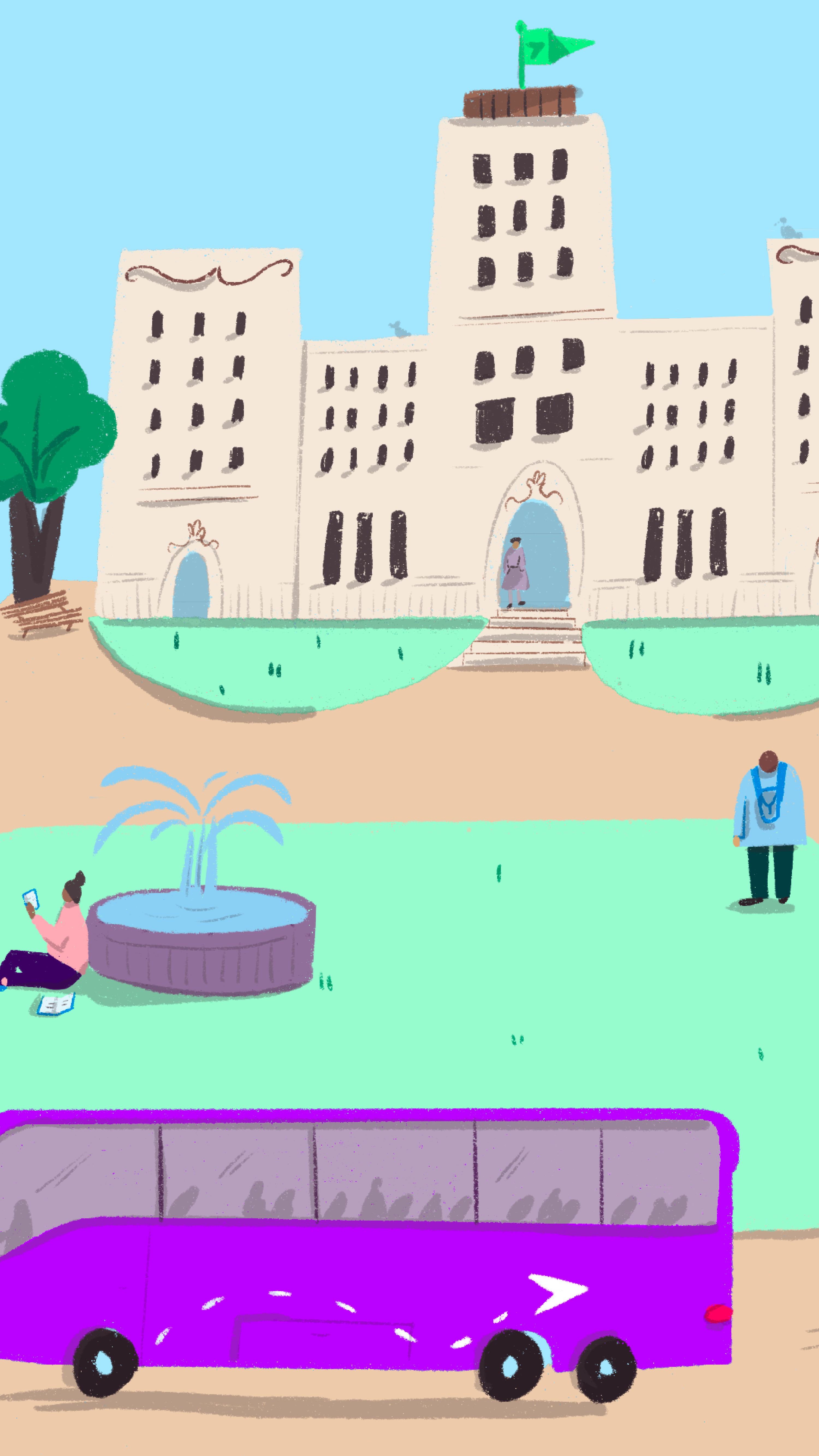Welcome Students Back to Campus with Intuitive TDM Technology
As the summer draws to a close, universities and other educational institutions are beginning to welcome students back to campus for the fall semester. Although universities may be facing longtime transportation issues, a new academic year is an opportunity to strive for more flexible and intuitive transportation demand management (TDM) solutions for your campus fleets.
students back to campus for the fall semester. Although universities may be facing longtime transportation issues, a new academic year is an opportunity to strive for more flexible and intuitive transportation demand management (TDM) solutions for your campus fleets.
TDM is built on an array of strategies to reduce single-occupancy vehicles and advance other modes of transportation on campus, including shuttles, on-demand transportation, shared rides and more. This can improve overall transportation efficiency by leveraging digital platforms, data analytics, and innovative solutions that offer flexible transportation options and positively impact budget allocation, the environment, and the student experience.
TDM Technology Benefits:
1. Less Congestion, More Efficiency
TDM technology solutions enable universities to take control of their fleets with real-time data, identifying transportation patterns and using this data to proactively move resources where they’re needed. Accurate insights into congestion areas and peak travel times can be used to optimize schedules, services and routes.
2. Multi-Modal Integrations
Students sometimes use multiple transportation modes during their commutes. TDM technology can easily integrate various modes of transportation on your campus. Large busses, shuttles, on-demand, ride-share, parking and more can be wrapped into a unified TDM solution that meets a university’s unique needs.
3. Enhanced Sustainability
Many universities have lofty climate action goals and strive to elevate environmental consciousness in their campus community. TDM technology can play an important role in aligning campus transportation with a campus's commitment to sustainability. By promoting sustainable transportation modes, such as walking, biking and shared transit, universities can reduce their environmental impact and promote a healthier campus.
4. Cost Savings
Implementing TDM effectively translates to reduced costs for both the university and students. Encouraging shared transportation and offering unified and intuitive transportation services reduces parking demands and empowers universities to allocate resources efficiently, moving funding towards academics and campus community initiatives.
As universities welcome students back to campus this fall, integrating TDM technology offers a promising opportunity. TDM strategies allow higher education institutions to create a more efficient, sustainable and accessible transportation offering that can align with their values. Immediate benefits of enhanced mobility and reduced congestion set the stage for universities to build campus transportation that is an everyday part of campus community life, supporting a thriving academic environment and providing an example of a sustainable transportation future.
